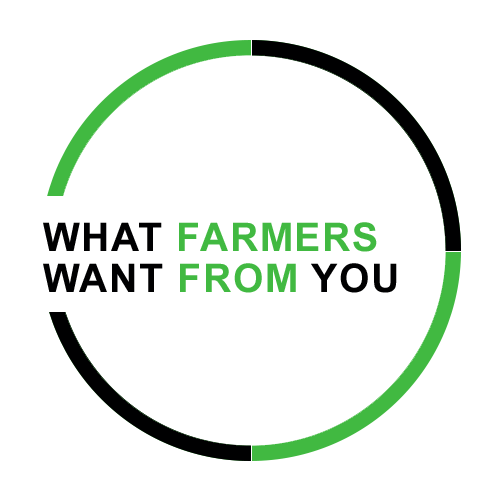 With precision farming experience dating back to the mid-1990s, Chris Von Holten marvels at the progress it’s made. But he also laments the “Tower of Babel” approach the technology offers when sharing data.
With precision farming experience dating back to the mid-1990s, Chris Von Holten marvels at the progress it’s made. But he also laments the “Tower of Babel” approach the technology offers when sharing data.
Von Holten, who grows a little over 1,000 acres of corn and soybeans near Walnut, Ill., started his precision farming journey with a yield monitor in his old combine.
“The yield maps showed us some potential for management changes. After that, we added a John Deere StarFire II with an AutoTrac Universal (ATU) steering unit, but it didn’t give us the 2-3 inch accuracy we needed,” Von Holten says. “We were at 7-9 inches, and the signal would cut out.”
He relied on planter markers to maintain row spacing, then let the ATU handle steering once he was lined up for the next field pass.
About 5 years ago, Van Holten upgraded to an RTK signal through his local Deere dealer and found that investment solved most of his in-field accuracy issues. He uses a GreenStar 2630 controller to provide variable-rate seeding population and fertilizer application.
“We have some fields with up to 12 different soil types, so variable-rate seeding and fertility is the way to go,” he says.
What Farmers Want From You is a series of farmer profiles that examine the scope of precision farming tools individual farmers are using on their operation, along with the frustrations that can occur with adopting new technology and how dealers can alleviate those "points of pain" for farm customers. For the latest additions to the series, visit our What Farmers Want From You feed.
For spraying, he’ll move the 2630 into his Hardi sprayer to control the 5 section, 90 foot boom. He shares equipment with another local farmer, including monitors, as needed, to get crops planted and sprayed.
For corn, his Harvest International strip-till unit covers 12 rows, so he needs to make sure the guess rows line up accurately with his 24 row John Deere planter equipped with RowCommand clutches, a SureFire liquid fertilizer system and an AMVAC SmartBox system for insecticide application. Those three systems are controlled by the Deere rate controller to manage overlap on headlands and when crossing waterways.
Point of Pain: Data Sharing Limitations
Although Von Holten has been pleased with his Deere equipment and support from his local dealer, he also believes it is best to stick with one brand of equipment to keep his precision farming system as simple as possible.
“We have had few problems and I think staying with one brand helped minimize them. Most were operator error, and the dealer has been helpful in talking us through them,” he says. “I wanted to get more familiar with Ag Leader’s SMS Basic software to build variable population maps, but the winter got away from me, so I will use Deere’s Apex system to build population maps.
Von Holten relies on his fertilizer dealer’s SMS Advanced system to develop the variable fertilizer maps, which is faster, but much more complicated, and something he doesn’t want to attempt on his own.
“If I go forward with any more equipment, I will stay with one brand until manufacturers come up with an open format for information sharing,” he says. “Getting a controller to talk with other brands is a big issue. We need more cross-compatibility. For now, I try to keep this as simple as possible to head off problems.”



![[Technology Corner] Autonomy & Robotics Take Center Stage](https://www.precisionfarmingdealer.com/ext/resources/2026/01/12/Autonomy--Robotics-Take-Center-Stage.webp?height=290&t=1768253759&width=400)


